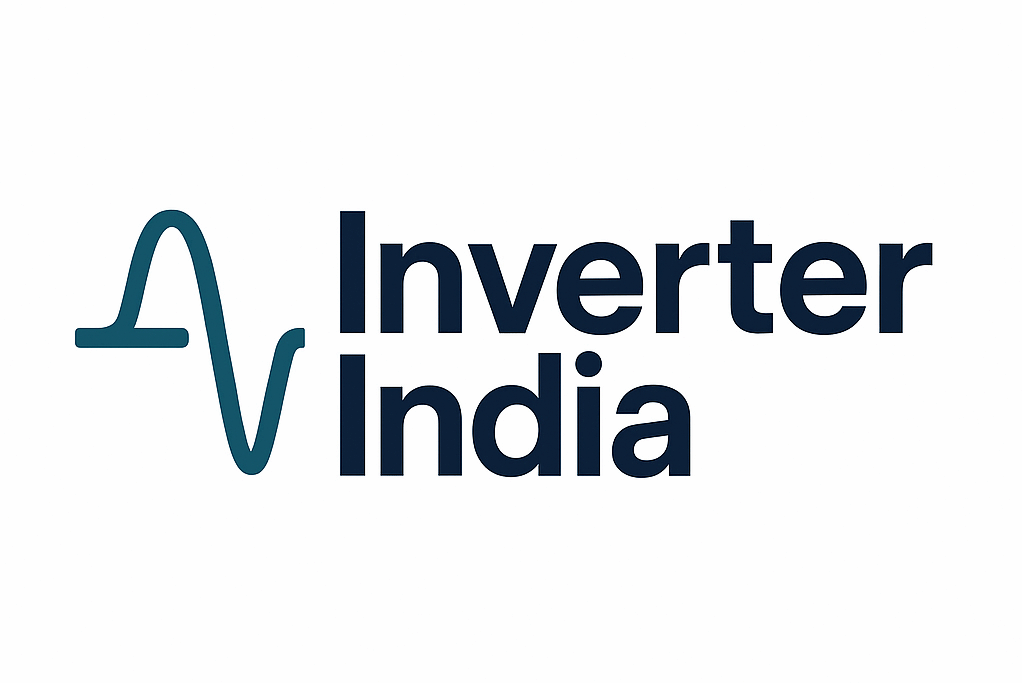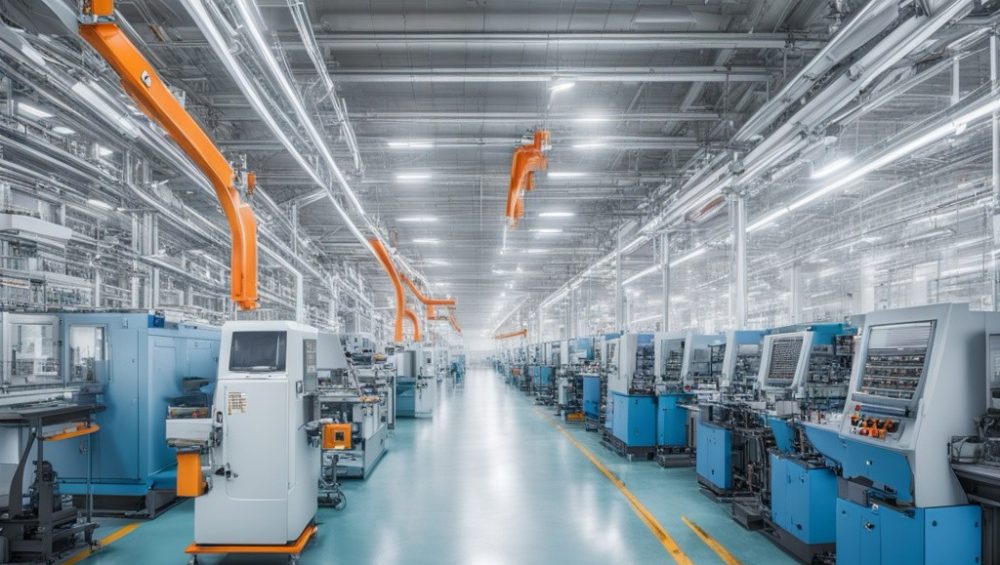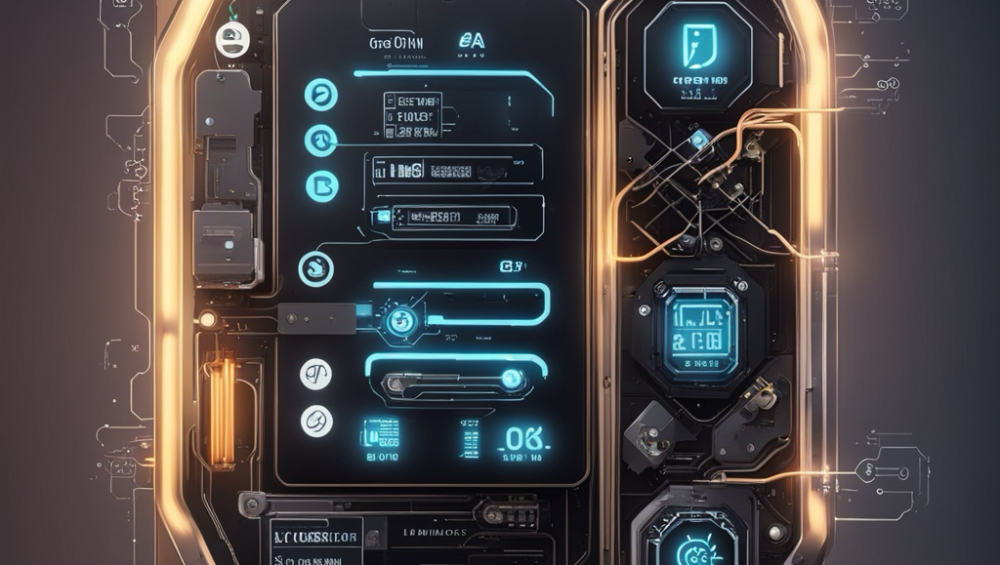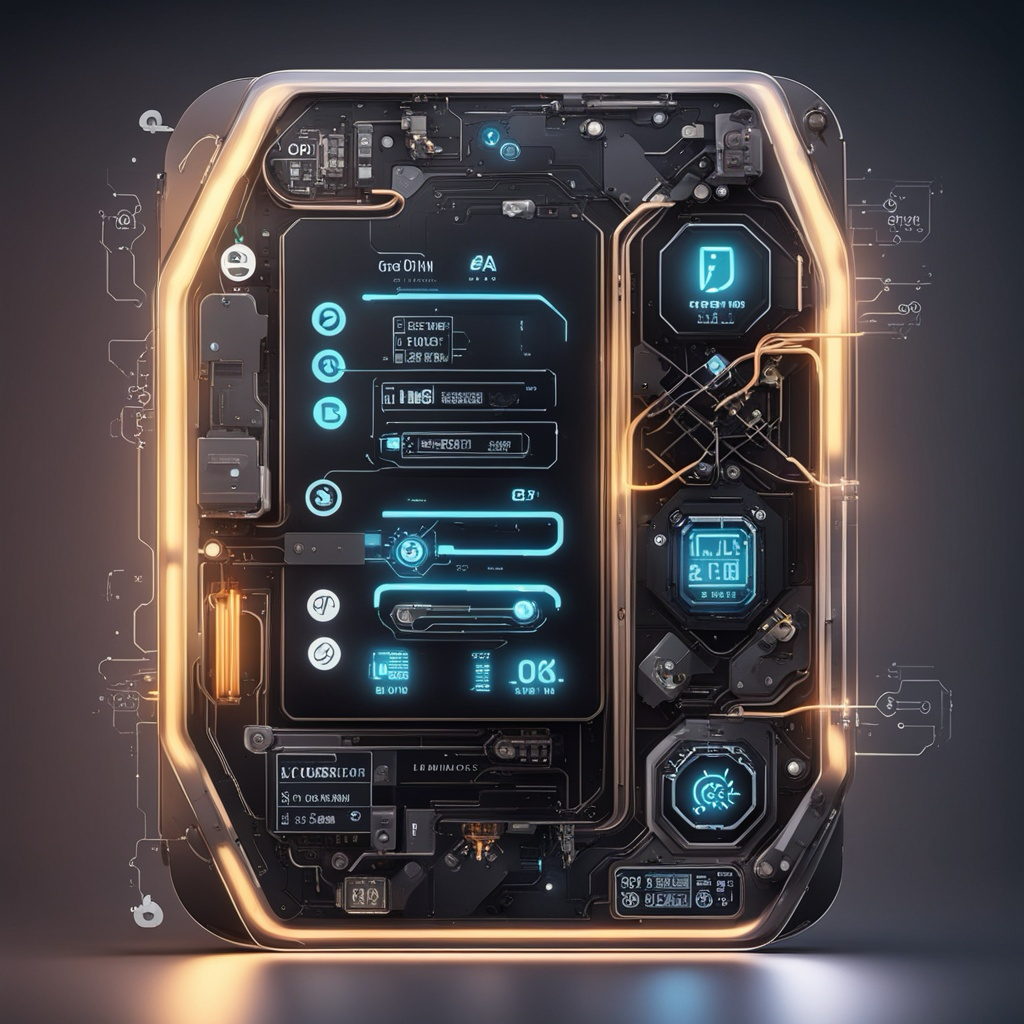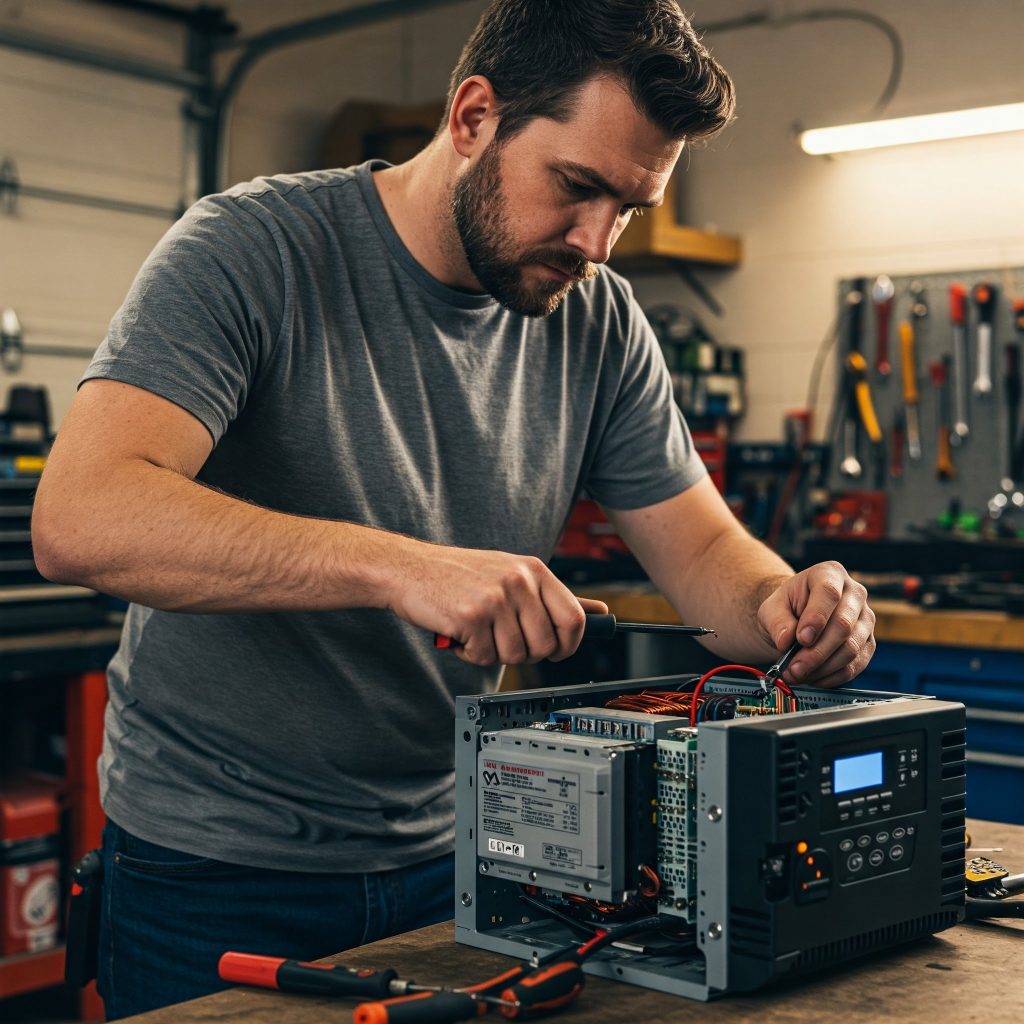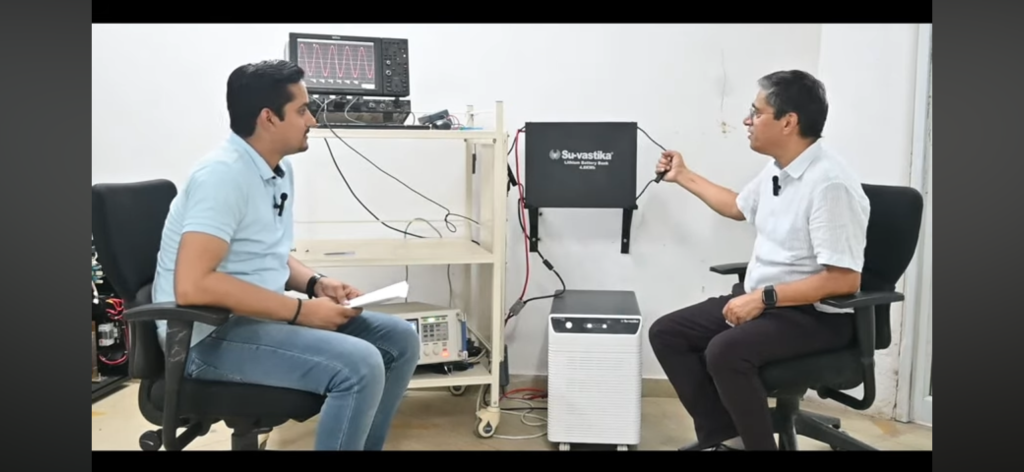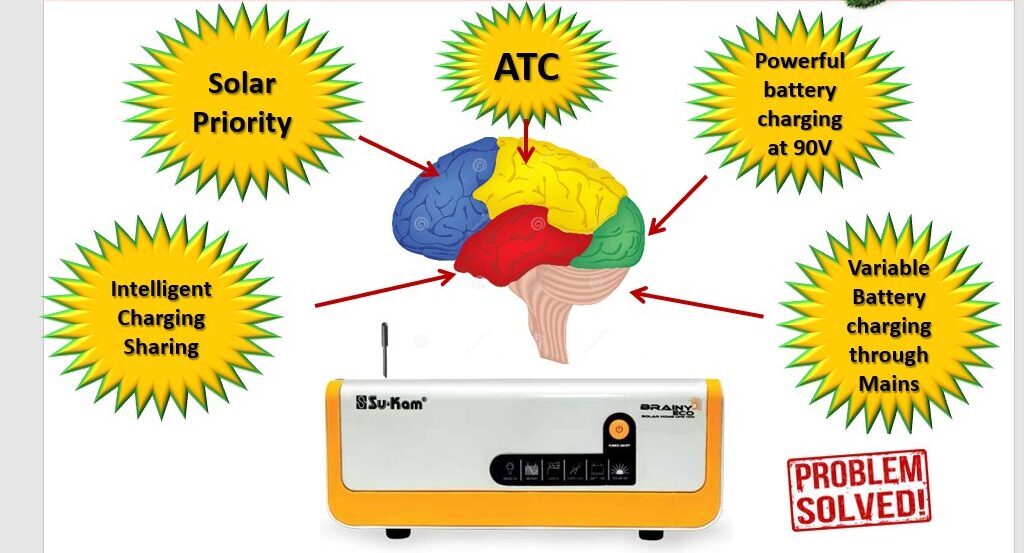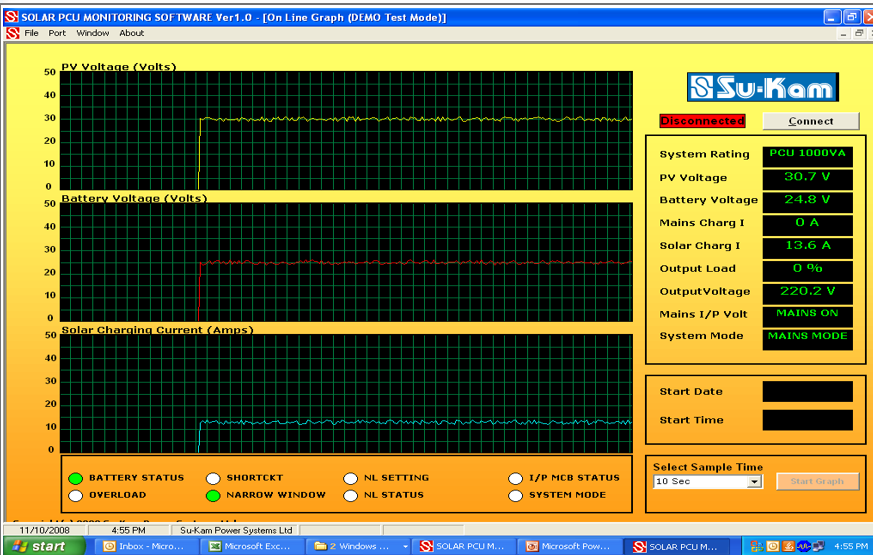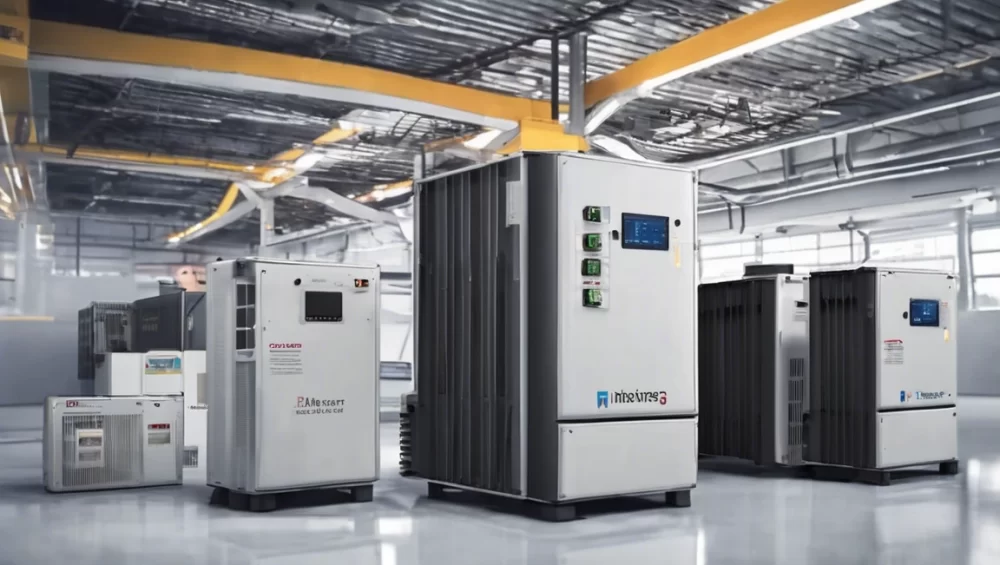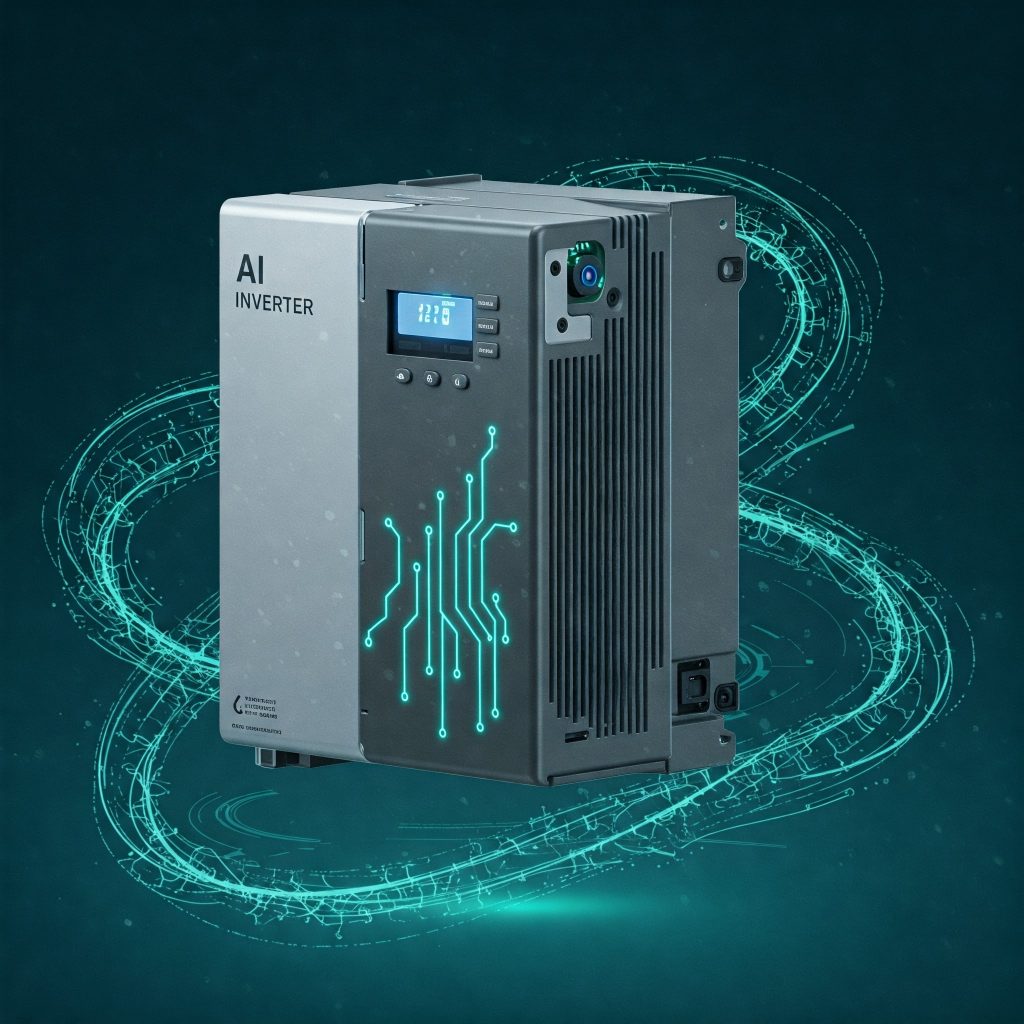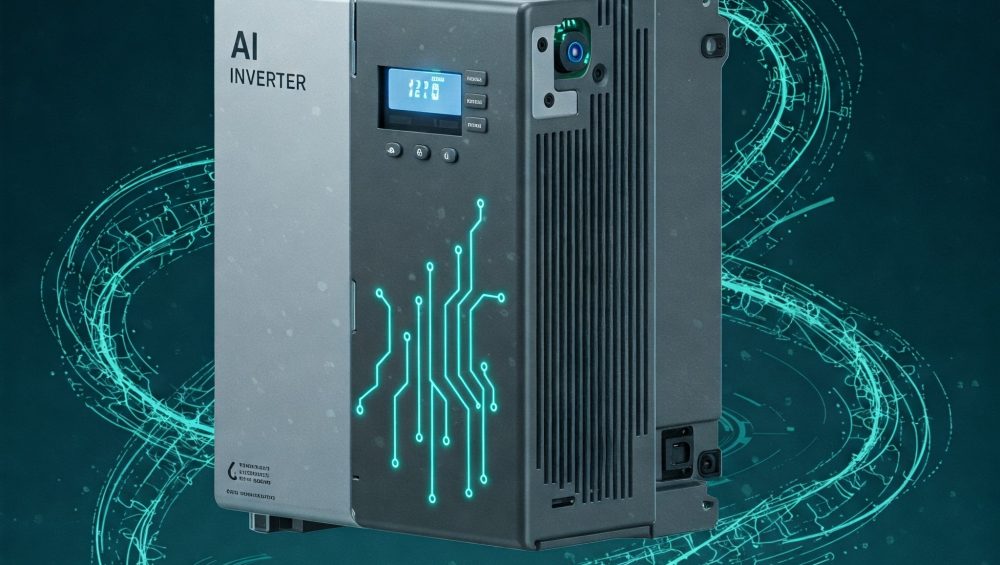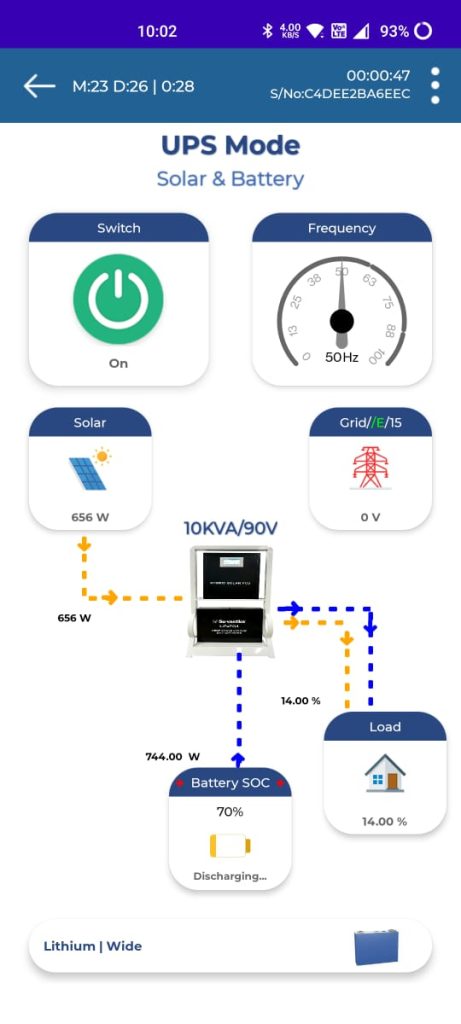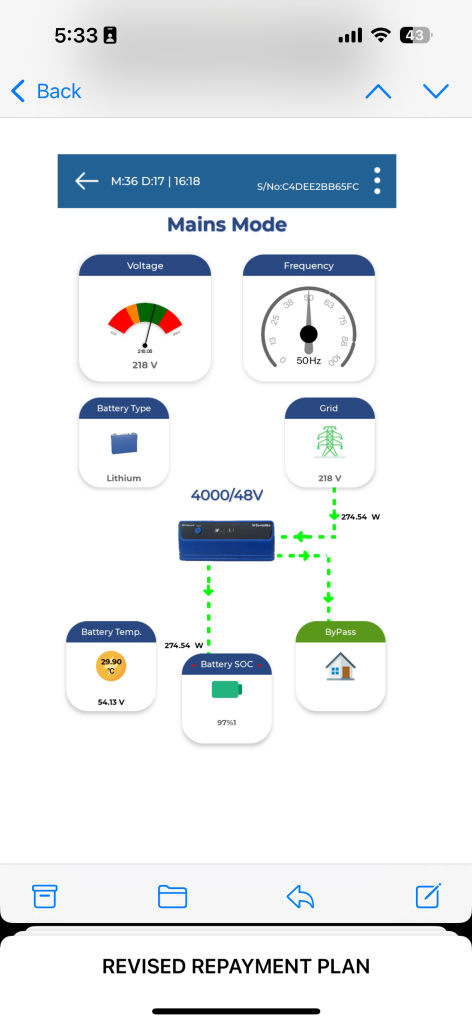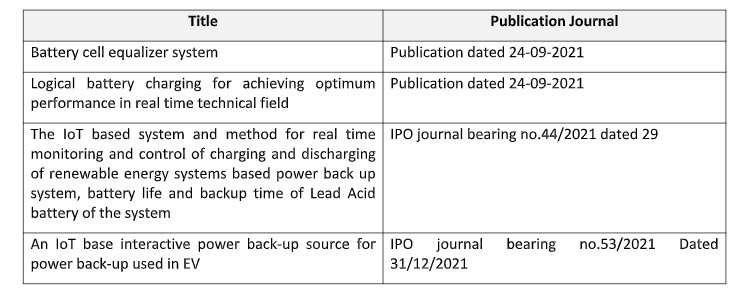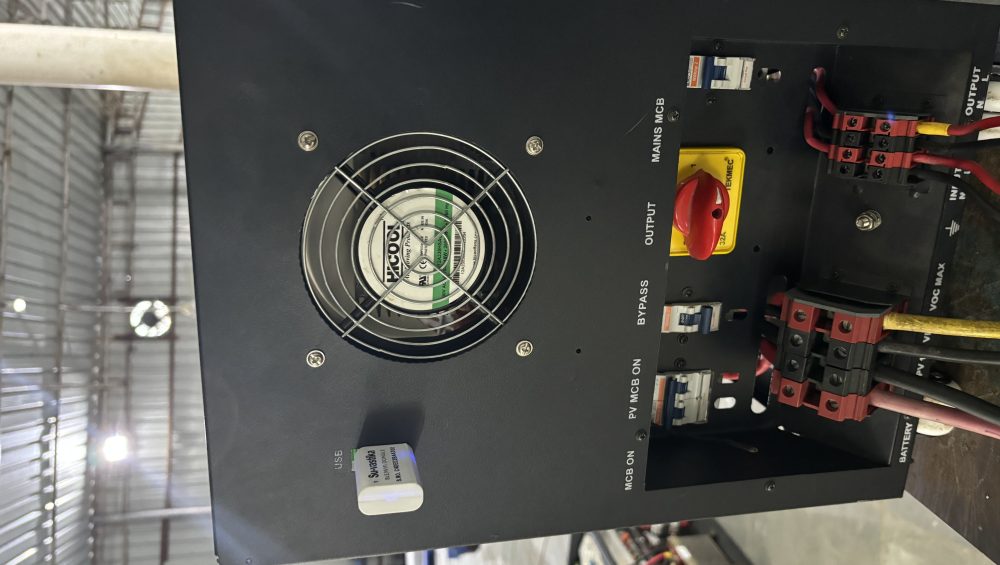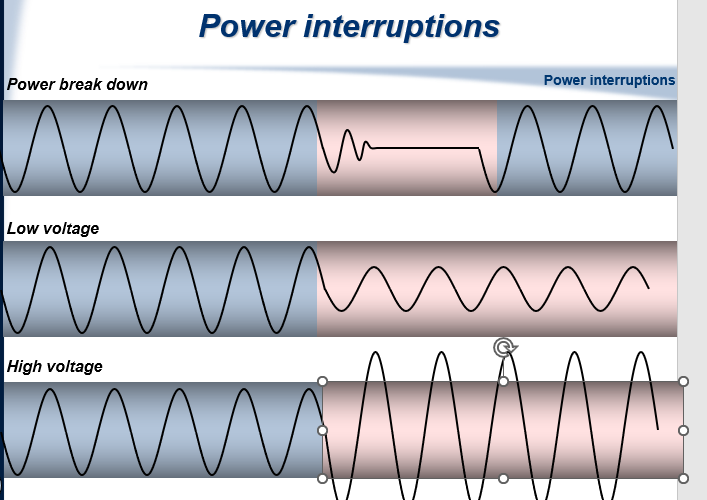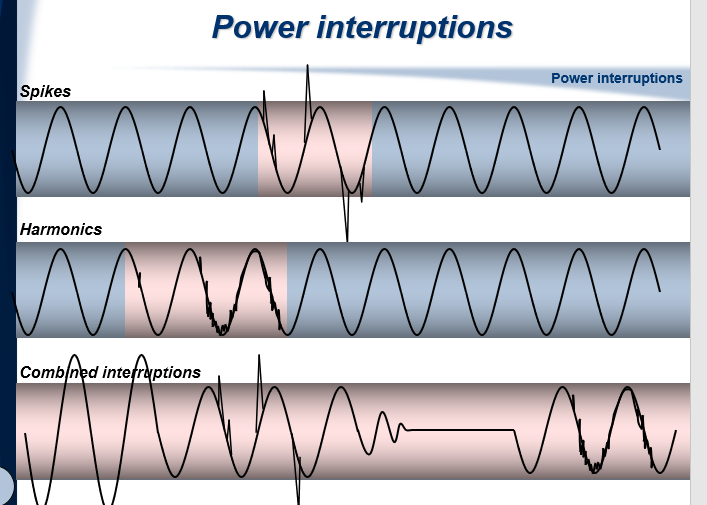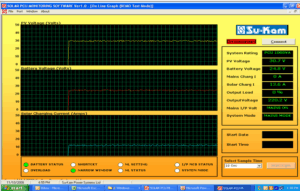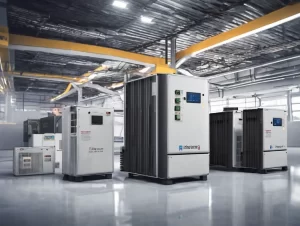
Switching to Lithium Battery Bank: A Green Initiative in Delhi NCR, The garment Export Unit shifted from a Diesel Generator to a lithium battery bank in Delhi NCR as our first project in the Export house factory field, installed at one of India’s biggest exporters. We have installed our Su-vastika’s Lithium Battery Energy Storage System of 50 KVA capacity at FA Home and Apparels Pvt. Ltd., Plot No. 16, Sector 4, IMT Manesar, Gurugram, Haryana 122051.https://fahome.in/
Switching to Lithium Battery Bank: A Green Initiative in Delhi NCR
The Google location of the factory is https://www.google.com/maps/dir//FA+Home+and+Apparel+Pvt.+Ltd.,+Plot+No.+16,+Sector+4,+Imt+Manesar,+Gurugram,+Haryana+122051/data=!4m6!4m5!1m1!4e2!1m2!1m1!1s0x390d3e7f6e67529f:0xafb5cca112e8ef1f?sa=X&ved=2ahUKEwi8jOGrvcuEAxVi3TgGHQppDccQ48ADegQIGBAA
That’s a remarkable FA Home and Apparel Pvt. Ltd. initiative in Manesar! Switching to a lithium battery from a diesel generator is a significant step towards becoming a green building and reducing the company’s environmental impact.
Switching to Lithium Battery Bank: A Green Initiative in Delhi NCR







Switching to Lithium Battery Bank: A Green Initiative in Delhi NCR
The principal challenge faced by the unit was the ban on diesel generators in the Delhi NCR location, and converting the diesel generators to gas generators was becoming very expensive. Another major challenge was an Online UPS installed on the machines, which had just a 10-minute backup, and we had to remove that to run the system on a single Energy Storage System, which had almost no switching time. The FA Home choose the Su-vastika Energy Storage System of 50 KVA with a lithium battery bank as a pilot project.
Switching to Lithium Battery Bank: A Green Initiative in Delhi NCR
The 50 KVA Energy Storage System has a backup of more than 3 hours, with lithium battery LifepO4 chemistry.
Here are some of the benefits of using lithium batteries over diesel generators:
- The running cost of BESS is low.
The cost of running a diesel generator is three times or more than the power provided by the power company, making ESS a unique and less expensive solution than running a diesel generator.
As the BESS has a battery as a backup, the consumption per unit of electricity produced is further decreased in cases of 50% or 70% ESS loading, as opposed to diesel generators, where the cost is unaffected by lower load because the diesel consumption doesn’t vary significantly. https://suvastika.com/products/energy-storage-system/
While BESS can offer economic advantages, the overall running cost depends on several factors. Here’s a breakdown:
Switching to Lithium Battery Bank: A Green Initiative in Delhi NCR
Low Operating Costs:
- Low maintenance: BESS systems generally require minimal maintenance compared to other energy generation methods. Lithium-ion batteries, the dominant technology in BESS, don’t have moving parts that require frequent servicing.
- High efficiency: Modern BESS systems boast high round-trip efficiency, meaning minimal energy loss during the charging and discharging cycles. This translates to less wasted energy and lower operating costs.
Factors Affecting Running Costs:
- Degradation: Like all batteries, lithium-ion batteries in BESS degrade over time, gradually losing capacity. This can lead to increased replacement costs down the line, impacting the overall running cost.
- Electricity prices: The cost of electricity used to charge the BESS system can affect the overall running cost. If electricity prices are high during off-peak hours when the system is typically charged, running costs may increase.
- System size and complexity: Larger, more complex BESS systems will naturally have higher running costs due to factors like increased maintenance needs for additional equipment.
Switching to Lithium Battery Bank: A Green Initiative in Delhi NCR
Economic Benefits:
- Reduced energy bills: BESS systems can help users save on electricity bills by storing energy during off-peak hours when it’s cheaper and using it during peak hours when prices are higher.
- Grid service participation: BESS systems can participate in grid services markets, providing benefits like frequency regulation and peak shaving. This can generate revenue for the BESS owner, offsetting running costs.
- BESS has a longer lifespan.
The BESS has a shelf life of 50 years as compared to the diesel generator’s 10-year lifespan. Even their battery can last between 7 and 10 years, representing significant cost-savings.
BESS, or Battery Energy Storage Systems, can have a longer lifespan than traditional options like lead-acid batteries used in solar PCUs for several reasons:
Battery Technology:
- BESS often utilizes Lithium-ion batteries: These batteries offer a significantly longer lifespan compared to lead-acid batteries. Lithium-ion batteries can typically endure thousands of charge and discharge cycles, whereas lead-acid batteries have a lifespan measured in hundreds of cycles.
Reduced Depth of Discharge:
- BESS systems might not completely discharge the battery: Unlike lead-acid batteries which need to be discharged to a shallow depth to maintain lifespan, Lithium-ion batteries in BESS often operate within a specific range (e.g., 20% – 80% charge). This reduces stress on the battery and extends its overall life.
Switching to Lithium Battery Bank: A Green Initiative in Delhi NCR
Smarter Charging Management:
- BESS integrates with sophisticated Battery Management Systems (BMS): These systems monitor battery health, temperature, and charge cycles. The BMS can optimize charging and discharging patterns to minimize wear and tear on the battery, ultimately extending its lifespan.
Switching to Lithium Battery Bank: A Green Initiative in Delhi NCR
Here’s a table summarizing the key points:
| Feature | Lead-Acid Battery | Lithium-Ion Battery (BESS) |
|---|---|---|
| Technology | Older technology | Newer technology |
| Lifespan (cycles) | Hundreds | Thousands |
| Depth of Discharge | Needs shallow discharge | Can operate in a wider range |
| Charging Management | Simpler | Sophisticated BMS |
Additional Factors:
- Maintenance: Proper maintenance practices can further extend the lifespan of any battery, including those used in BESS.
- Environmental Conditions: Extreme temperatures can shorten battery life. BESS systems often have built-in cooling or heating mechanisms to maintain optimal operating temperature for the batteries.
Switching to Lithium Battery Bank: A Green Initiative in Delhi NCR
- ESS is easier and cheaper to maintain.
Diesel generators contain moving parts and require a battery to start automatically, making it necessary to service them every 300 hours or even less in some cases. Since a DG set includes moving parts, we also need an attendant to fill it up with diesel. However, an attendant is unnecessary for the ESS because it has no moving parts.
Switching to Lithium Battery Bank: A Green Initiative in Delhi NCR
No emissions: Lithium batteries produce zero emissions at the point of use, unlike diesel generators, which emit harmful pollutants like nitrogen oxides, sulfur oxides, and particulate matter.
- Zero emissions at the point of use: Lithium batteries don’t have any combustion process when delivering power. This means they release no harmful pollutants like nitrogen oxides (NOx), sulfur oxides (SOx), or particulate matter (PM) directly into the air we breathe. This is a significant advantage compared to:
- Diesel generators: These generators rely on burning diesel fuel, which creates harmful emissions like NOx, SOx, and PM. These pollutants contribute to smog, acid rain, and respiratory problems.
Switching to Lithium Battery Bank: A Green Initiative in Delhi NCR
- Impact on Air Quality:
- By replacing diesel generators with lithium batteries, we can significantly improve air quality, especially in urban areas where generators are commonly used. This translates to:
- Reduced respiratory problems: Lower levels of pollutants like NOx and PM can lead to fewer cases of asthma, bronchitis, and other respiratory illnesses.
- Improved visibility: Reduced emissions can improve visibility by clearing up smog and haze.
- Things to Consider:
- Manufacturing Impact: While lithium batteries offer clean operation, their manufacturing process can have environmental impacts. Responsible sourcing and production practices are essential to minimize this drawback.
- End-of-Life Recycling: Proper recycling of lithium batteries at the end of their lifespan is crucial to avoid environmental contamination.
Switching to Lithium Battery Bank: A Green Initiative in Delhi NCR
Improved air quality: By eliminating these emissions, lithium batteries can significantly improve air quality, both indoors and outdoors.
Lithium battery banks themselves don’t directly improve air quality. However, their use in solar energy systems can indirectly contribute to cleaner air by:
- Reducing reliance on fossil fuels: Solar panels with lithium battery storage can provide electricity without burning fossil fuels in power plants. This reduces emissions of pollutants like nitrogen oxides, sulfur oxides, and particulate matter, all of which contribute to air pollution.
Switching to Lithium Battery Bank: A Green Initiative in Delhi NCR
Here’s a breakdown of how it works:
- Solar panels generate clean electricity: They convert sunlight into electricity without any emissions.
- Lithium batteries store solar energy: This allows you to use solar power even when the sun isn’t shining.
- Reduced dependence on the grid: With stored solar energy, you rely less on electricity from the grid, which often comes from power plants that burn fossil fuels.
Switching to Lithium Battery Bank: A Green Initiative in Delhi NCR
It’s important to note:
- The overall air quality benefit depends on the energy source used in your local grid.
- Manufacturing lithium batteries can have environmental impacts, so responsible production practices are crucial.
Switching to Lithium Battery Bank: A Green Initiative in Delhi NCR
Reduced noise pollution: Lithium batteries are much quieter than diesel generators, making them ideal for use in urban areas or near noise-sensitive locations.
- Lithium batteries have no moving parts: Unlike diesel generators which rely on an engine with moving components, lithium batteries operate silently. They store and release energy through electrochemical reactions, generating minimal noise.
- Benefits of Reduced Noise: Lithium batteries bring a welcome relief from noise pollution in several ways:
- Silent Operation: Unlike diesel generators that rely on noisy engines, lithium batteries have no moving parts. They store and release energy electrochemically, making them inherently quiet. This eliminates the constant hum or roar associated with generators.
- Improved Quality of Life: The reduction in noise pollution from lithium batteries translates to a more peaceful and less stressful environment. This is particularly beneficial in:
- Urban areas: Densely populated cities often struggle with noise pollution. Replacing generators with lithium batteries can significantly improve noise levels, making them more livable.
- Noise-sensitive locations: Places like hospitals, schools, and residential neighborhoods can greatly benefit from the quiet operation of lithium batteries. Patients can recover in a more peaceful environment, students can learn without distraction, and residents can enjoy a quieter home life.
Switching to Lithium Battery Bank: A Green Initiative in Delhi NCR
- Reduced Health Risks: Chronic exposure to loud noise can have negative health consequences, including:
- Hearing loss: Prolonged exposure to loud noises can damage the delicate structures in the ear, leading to hearing loss.
- Increased stress levels: Constant noise can be a source of stress, which can contribute to high blood pressure, heart problems, and other health issues.
- Sleep disruption: Noise can make it difficult to fall asleep or stay asleep, leading to fatigue and other problems.
- By reducing noise pollution, lithium batteries can help create a healthier environment for everyone.
- Here’s a quick comparison to highlight the advantage:
- Lithium Battery: Essentially silent operation due to no moving parts.
- Diesel Generator: Produces significant noise (80-100 decibels), comparable to heavy traffic or a lawnmower, disrupting sleep, communication, and contributing to stress.
- Improved quality of life: The constant hum of diesel generators can be disruptive and stressful. Lithium batteries eliminate this noise pollution, creating a quieter and more peaceful environment in:
- Urban areas: Densely populated areas are particularly susceptible to noise pollution. Replacing generators with lithium batteries can significantly improve noise levels in cities.
- Noise-sensitive locations: Hospitals, schools, and residential areas benefit greatly from the quiet operation of lithium batteries.
Switching to Lithium Battery Bank: A Green Initiative in Delhi NCR
- Comparison with Generators:
- Diesel generators: These can be very loud, reaching noise levels of 80-100 decibels (dB) which is comparable to heavy traffic or a lawnmower. This noise can disrupt sleep, hinder communication, and contribute to stress.
- Renewable energy integration: Our ESS with Lithium batteries can be paired with renewable energy sources, such as solar or wind power, to create a clean and sustainable energy system.
- The Challenge:
- Renewable energy sources like solar and wind are variable. They generate power based on weather conditions, which can fluctuate. This variability can create challenges for the electricity grid, as supply needs to constantly match demand.
Switching to Lithium Battery Bank: A Green Initiative in Delhi NCR
- The Solution: Lithium Battery ESS
- Energy Storage: Lithium battery ESS stores excess energy generated from renewable sources during periods of high production (e.g., sunny days for solar).
- Dispatched Power: The stored energy can then be discharged back to the grid when demand is high or when renewable generation is low (e.g., cloudy days for solar).
Switching to Lithium Battery Bank: A Green Initiative in Delhi NCR
- Benefits of Integration:
- Grid Stability: ESS helps maintain grid stability by smoothing out the fluctuations from renewable energy sources, ensuring a consistent and reliable power supply.
- Increased Renewable Penetration: By addressing variability concerns, ESS allows for greater integration of renewable energy sources into the grid.
- Reduced Reliance on Fossil Fuels: Increased use of renewables with ESS reduces dependence on fossil fuel power plants, leading to lower greenhouse gas emissions.
- Here’s how your ESS with Lithium batteries fits in:
- Paired with Renewables: Your ESS can be connected to solar or wind power plants. This creates a complete system where renewable energy is generated, stored, and then used as needed.
- Clean and Sustainable: This combination minimizes reliance on fossil fuels and promotes clean energy use
Switching to Lithium Battery Bank: A Green Initiative in Delhi NCR
- Why it’s Important:
- Combating Climate Change: By integrating renewables, we reduce reliance on fossil fuels, leading to lower greenhouse gas emissions and a cleaner environment.
- Energy Security: Diversifying energy sources with renewables lessens dependence on limited fossil fuel reserves and volatile fuel prices.
- Challenges of Integration:
- Variability: Unlike traditional power plants, some renewable sources like solar and wind are variable. They generate power based on weather conditions, which can fluctuate.
- Grid Balancing: Electricity grids require a constant balance between supply and demand. The variable nature of renewables can make this balancing act more complex.
Switching to Lithium Battery Bank: A Green Initiative in Delhi NCR
- Solutions for Integration:
- Technology: Advancements in technologies like smart grids, energy storage (batteries), and forecasting tools help manage the variability of renewables and maintain grid stability.
- Grid Modernization: Upgrading the existing power grid infrastructure can improve its flexibility and ability to handle the integration of renewable energy sources.
- Benefits of Successful Integration: Successful integration of renewable energy sources like solar and wind into the power grid offers a multitude of benefits for the environment, economy, and energy security. Here’s a breakdown of some key advantages:
Switching to Lithium Battery Bank: A Green Initiative in Delhi NCR
- Environmental Benefits:
- Reduced Greenhouse Gas Emissions: By displacing fossil fuel power plants, renewables significantly reduce greenhouse gas emissions, particularly carbon dioxide, a major contributor to climate change. This helps mitigate global warming and its associated environmental issues.
- Improved Air Quality: Renewable energy sources don’t produce harmful pollutants like nitrogen oxides, sulfur oxides, and particulate matter during operation. This translates to cleaner air, especially in urban areas where air pollution is a major concern.
- Conservation of Resources: Renewables rely on naturally replenished resources like sunlight and wind, unlike fossil fuels which are finite resources. This promotes sustainable energy practices and reduces dependence on dwindling resources.
Switching to Lithium Battery Bank: A Green Initiative in Delhi NCR
- Economic Benefits:
- Reduced Energy Costs: The cost of renewable energy technologies continues to decline, making them a more cost-competitive alternative to fossil fuels in the long run. Additionally, reduced reliance on imported fuels can stabilize energy prices.
- Job Creation: The renewable energy sector is a rapidly growing industry, creating new jobs in areas like solar panel manufacturing, wind turbine installation, and system maintenance. This stimulates economic growth and diversification.
- Energy Independence: By increasing reliance on domestic renewable resources, countries can lessen dependence on foreign oil and gas imports. This enhances energy security and reduces vulnerability to price fluctuations in the global energy market.
Switching to Lithium Battery Bank: A Green Initiative in Delhi NCR
- Other Benefits:
- Improved Grid Reliability: Integration of renewables can improve grid reliability by providing a diverse mix of energy sources. This reduces dependence on single, centralized power plants and makes the grid more resilient to disruptions.
- Energy Efficiency: Successful integration often promotes energy efficiency practices. Smart grid technologies and energy storage solutions become more important, encouraging responsible energy consumption and reduced waste.
Switching to Lithium Battery Bank: A Green Initiative in Delhi NCR
- Technological Innovation: The push for renewable energy integration drives innovation in new technologies like energy storage solutions, smart grids, and energy management systems. This continuous development fosters advancements that benefit the entire energy sector.
- Reduced Carbon Footprint: Increased use of renewables translates to lower greenhouse gas emissions and a cleaner future.
- Sustainable Energy: Renewable sources are replenished naturally, unlike finite fossil fuels, ensuring long-term energy security.
- Cost Savings: The cost of renewable energy technologies continues to decline, making them a more cost-competitive alternative to fossil fuels in the long run.
Switching to Lithium Battery Bank: A Green Initiative in Delhi NCR
The Garment Export Unit shifted from a Diesel Generator to a lithium battery bank in Delhi NCR will positively impact the export units in India as the running cost and the building status change after the Battery Energy Storage System installation in their team. The switch to lithium batteries is a positive step for FA Home and Apparel Pvt. Ltd. and the environment. It demonstrates the company’s commitment to sustainability and its leadership in the textile industry.
Switching to Lithium Battery Bank: A Green Initiative in Delhi NCR
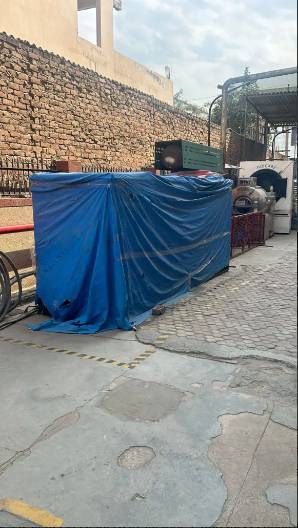

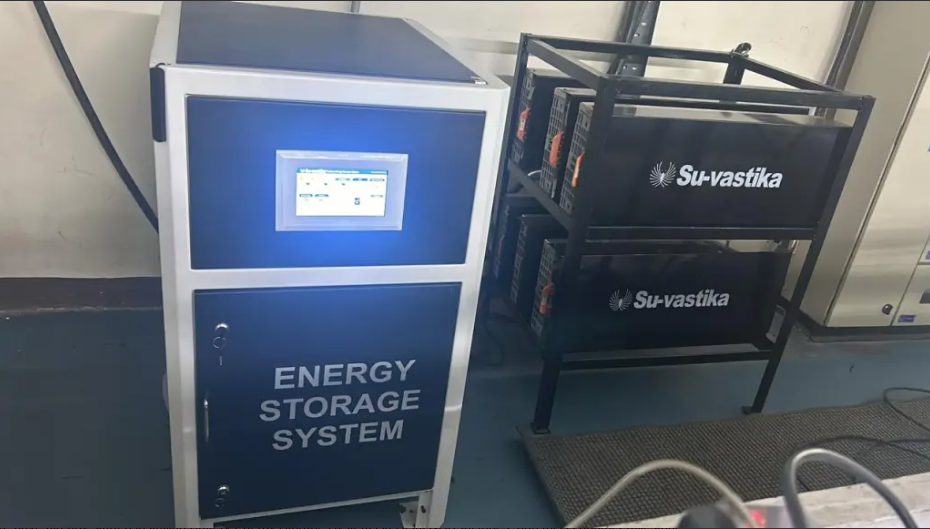

Switching to Lithium Battery Bank: A Green Initiative in Delhi NCR
We have already started installing Battery Energy Storage Systems in Delhi NCR factories, and this is another milestone for Su-vastika to install in the Embroidery industry. https://suvastika.com/delhi-ncr-factory-swaps-diesel-generator-for-cleaner-lithium-battery-bank/
